(opens in a new window)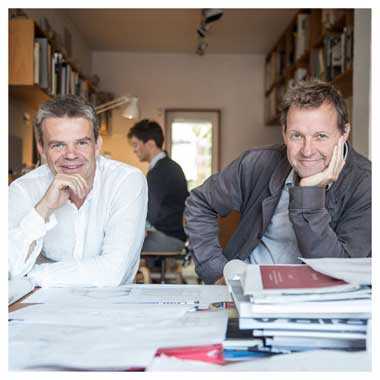 Will Dimond and Marcus Donaghy
Will Dimond and Marcus Donaghy
When architects Will Dimond and Marcus Donaghy set out to design an extension to The Inchicore Model School in Dublin 8, they faced a series of interesting challenges. How could they take a 19th century building and bring it into the realm of 21st-century education? How could they protect the spirit of the history while ensuring that students would have the space to learn, play and grow? By working with light, space and nature and by considering the needs of students, teachers and the local community the architects refurbished and extended the school with an award-winning design that has enriched the locality.
Read the full case study here: Will Dimond & Marcus Donaghy
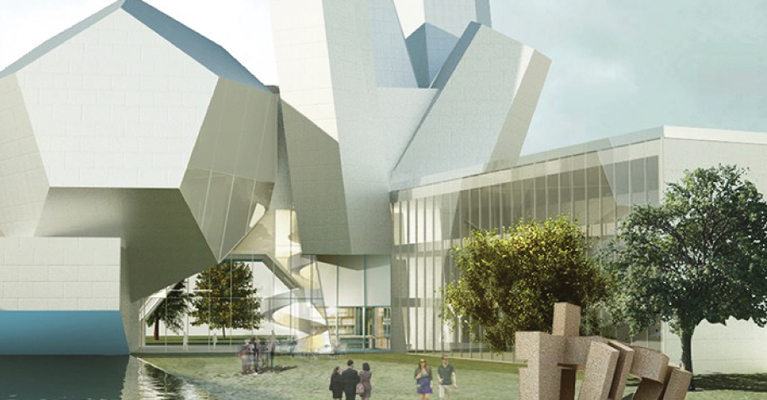

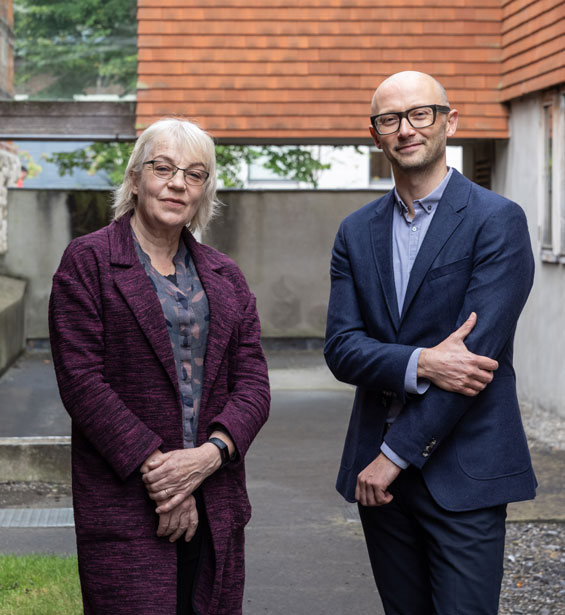
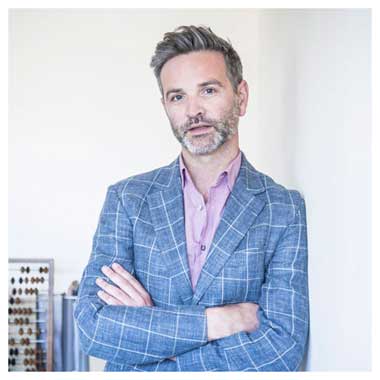 Dr. Oliver Kinanne
Dr. Oliver Kinanne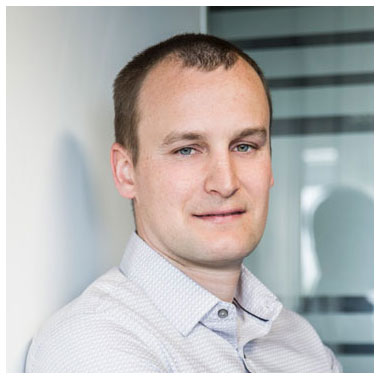 Dr Eoin O’Cearbhaill
Dr Eoin O’Cearbhaill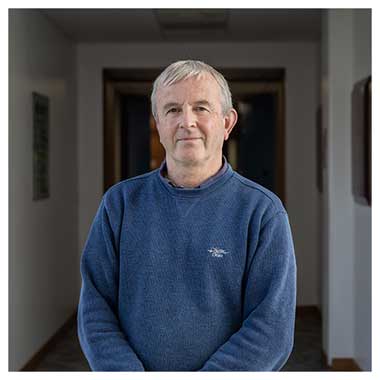 Professor Francis Butler
Professor Francis Butler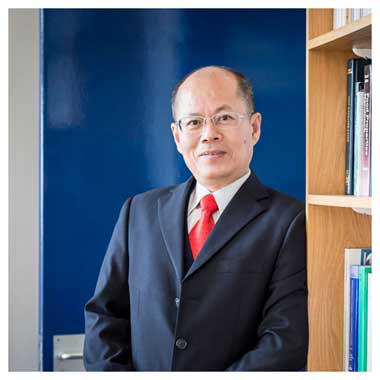 Professor Da-Wen Sun
Professor Da-Wen Sun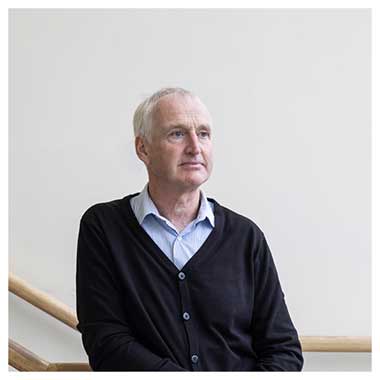 Dr Michael Long
Dr Michael Long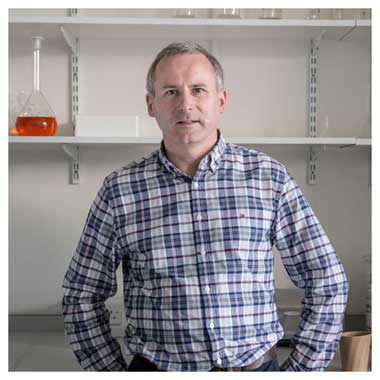 Dr. Tom Curran
Dr. Tom Curran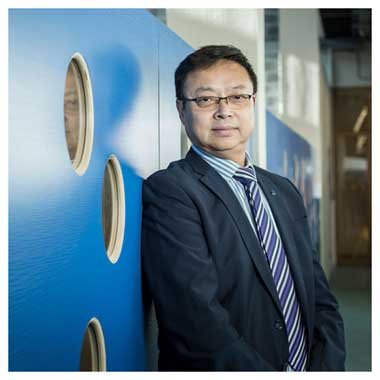 Dr. Yaqian Zhao
Dr. Yaqian Zhao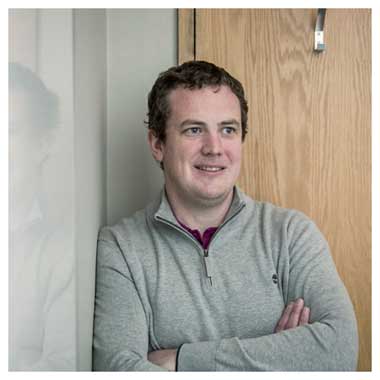 Dr Fiachra O’Loughlin
Dr Fiachra O’Loughlin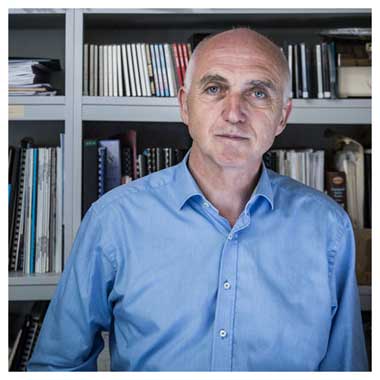 Professor Eugene O’Brien
Professor Eugene O’Brien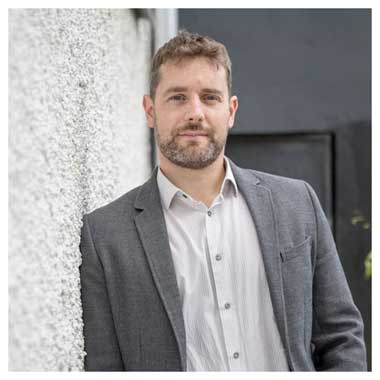 Dr Shane Donohue
Dr Shane Donohue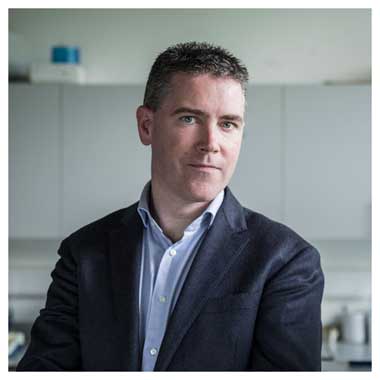 Professor Eoin Casey
Professor Eoin Casey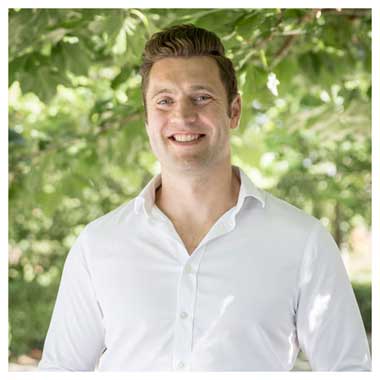 Dr Philip Donnellan
Dr Philip Donnellan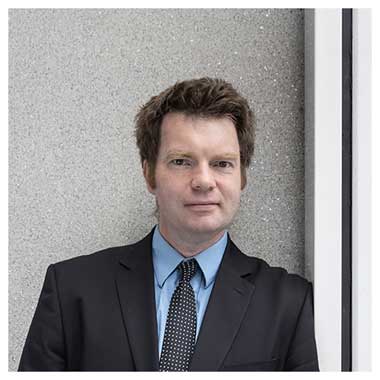 Professor Niall English
Professor Niall English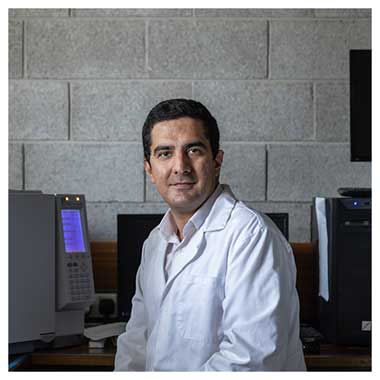 Dr Mohammad Reza Ghaani
Dr Mohammad Reza Ghaani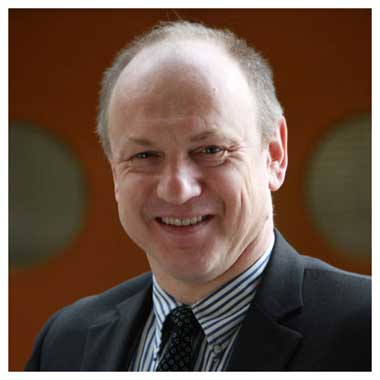 Professor R. Bogdan Staszewski
Professor R. Bogdan Staszewski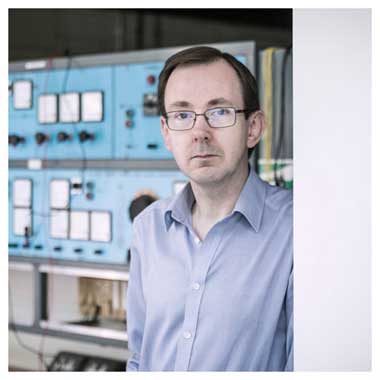 Associate Professor Damian Flynn
Associate Professor Damian Flynn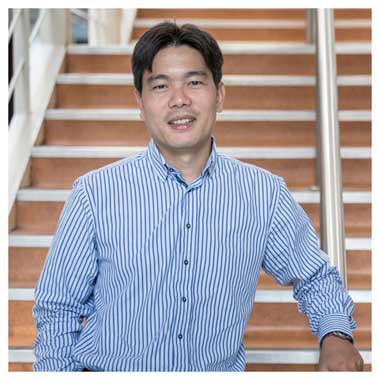 Dr Le-Nam Tran
Dr Le-Nam Tran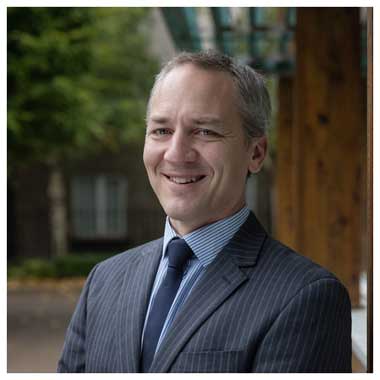 Professor Eoin O'Neill
Professor Eoin O'Neill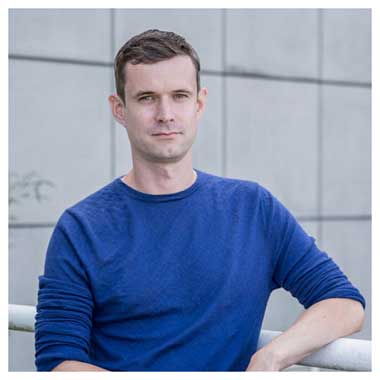 Dr. David McKeown
Dr. David McKeown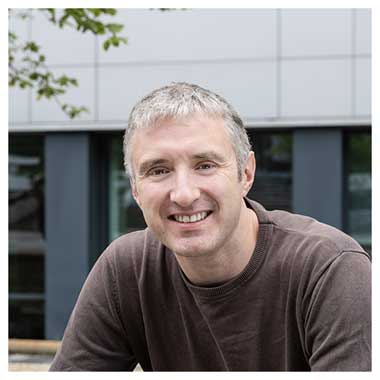 Dr Kevin Nolan
Dr Kevin Nolan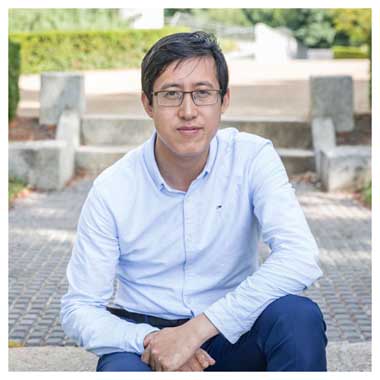 Dr. Nan Zhang
Dr. Nan Zhang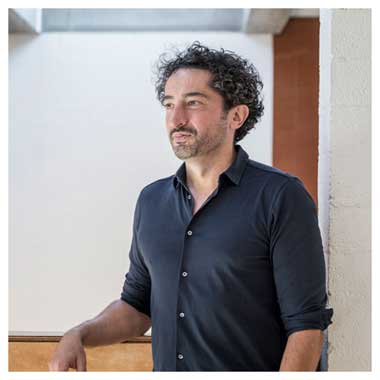 Professor Francesco Pilla
Professor Francesco Pilla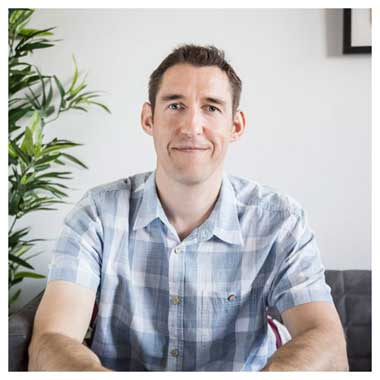 Professor Mark Scott
Professor Mark Scott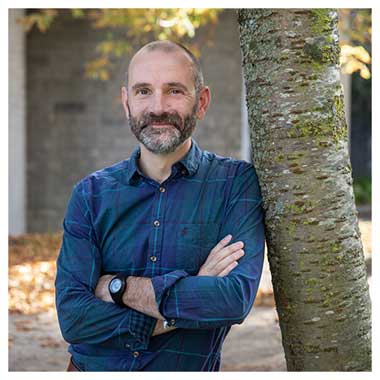 Dr Simon Kelly
Dr Simon Kelly